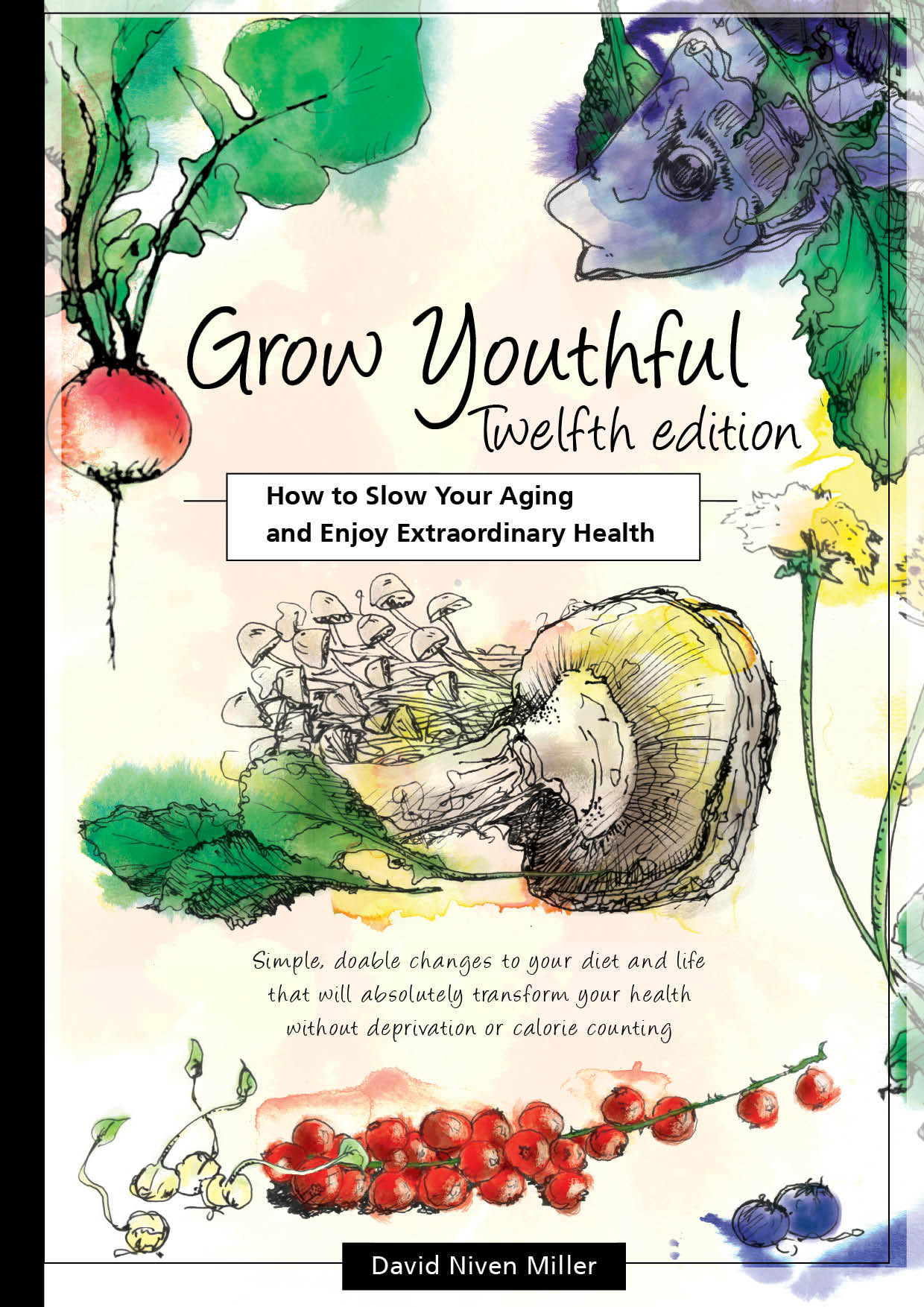
Premenstrual syndrome (PMS)
What is premenstrual syndrome (PMS) / premenstrual tension (PMT)?
Symptoms of PMS
Explanation
Risk Factors for PMS
Prevention / remedies / treatment for PMS
References
What is premenstrual syndrome (PMS) / premenstrual tension (PMT)?
PMS is a collection of physical, psychological and emotional symptoms related to the hormonal changes in a woman's menstrual cycle. These symptoms normally start 8-10 days before menstruation (during the luteal phase of the menstrual cycle), and cease just before or shortly after the start of menstrual blood flow.
Premenstrual symptoms vary between different women, but can be of sufficient severity to interfere with some aspects of their lives. PMS does not affect all women, nor is it confined to certain age groups. Any woman who is still menstruating can suffer from PMS. It can vary from mildly disturbing to a severe and debilitating condition that greatly affects a woman's quality of life for nearly two weeks every month, for many years.
Most women experience at least one symptom that could be related to PMS, but their severity and disruption depends upon how stringently they are defined. Between 3% and 25% of women may experience mood changes and other symptoms that affect the functioning of their lives each month.
The symptoms tend to decrease in peri-menopausal women, and disappear at menopause.
See also menstruation problems.
Symptoms of PMS
- Mood swings, irritability, tension, unhappiness, emotional sensitivity, anxiety.
- Breast tenderness or swelling.
- Fatigue.
- Insomnia and disrupted sleep.
- Food cravings.
- Libido changes.
- Fluid retention.
- Headaches or migraines.
- Abdominal cramps, bloating, constipation.
- Cyclic acne.
- Joint or muscle cramps.
People who have never lived with someone suffering from mood swings and other severe PMS symptoms often have little empathy or understanding of the condition. Partners and families of PMS sufferers don't know what to do. Mainstream medicine offers little in the way of effective treatment because pharmaceutical companies have not publicised the effectiveness of natural progesterone in treating the condition, and the pivotal role that progesterone plays.
Explanation
In a normal healthy woman of reproductive age, the stimulatory effects of estrogen are checked and balanced by the hormone progesterone. Progesterone is produced when ovulation takes place at around day 12 of the menstrual cycle. After the egg is released from the follicle on the surface of the ovary, the follicle changes into what is called the corpus luteum. The corpus luteum makes the progesterone. Without ovulation there is no production of progesterone. Estrogen and progesterone levels peak around day 22. Just before menstruation the level of both hormones plummets and the uterine lining sheds. Then the period commences.
A cause of PMS is insufficient progesterone. Women who experience PMS don't produce enough progesterone or fail to ovulate regularly. Without sufficient progesterone, the estrogen in her body dominates and causes premenstrual symptoms.
Cholesterol is the building material for all steroidal hormones. Cholesterol is an essential and healthy material rather than a danger as previously thought. A deficiency of cholesterol is the root cause of many menstrual and menopause problems.
Risk Factors for PMS
- Opting for childbirth in the mid to late thirties and especially having several children after this time is a risk factor. For many women, PMS starts not long after having a second or third child. Remember that pregnancy exerts a massive assault on a woman's physical body and on her endocrine (hormonal) system.
- This is especially true for women who have their first pregnancy in their late twenties or thirties. These women tend to produce less progesterone once their menstrual cycle returns and ovulation recommences. Unfortunately the ovaries are still very efficient at estrogen production, and with high estrogen levels the symptoms of estrogen dominance appear.
- Diet - a diet high in sugar, flour, omega-6 polyunsaturated oils, and refined processed foods.
- Cholesterol deficiency.
- Zinc deficiency.
- Low levels of certain vitamins and minerals, particularly magnesium, iron, manganese, and vitamins B6 and E.
- Caffeine.
- Chronic stress.
- History of depression.
- Family history of premenstrual tension.
- Nicotine.
Prevention / remedies / treatment for PMS
- A diet that gets your fats right, especially cholesterol. This will usually correct any imbalance of other hormones like progesterone.
- Progesterone deficiency, estrogen dominance, PMS, and other severe problems like osteoporosis, insulin resistance, cancer risk and thyroid disease are all interlinked. The use of natural progesterone cream balances the estrogen dominance. Three to four months after applying the cream from days 12 -26 of the menstrual cycle will usually resolve the symptoms of PMS, often sooner. The English physician, Dr Katherina Dalton (1) pioneered this work in the 1960's. She devoted her life to natural progesterone research. At first her work was ridiculed by her peers, but she proved the effectiveness of progesterone in this still-ignored area of medicine.
- Eliminate sugar and sweet foods. Adopting a no-sugar diet will get the hormones back under control. A healthy diet should be delicious and sustaining, able to sustain you all day without hunger pangs or mood or energy swings. With such a diet it is also easy to lose weight and stay that way for the rest of your life. This is the kind of diet I detail in Grow Youthful. It eliminates sugar and sweet foods, avoids or reduces starches, avoids wheat and everything made from it, and is low in all other grains.
- Zinc supplementation or zinc-rich foods.
- Get sufficient magnesium and B vitamins. The best food source of B vitamins is nutritional yeast.
- Apple cider vinegar.
- GABA.
- Turmeric.
- Flowers of sulphur.
- See details of remedies recommended by Grow Youthful visitors, and their experience with them.
References
1. Katherina Dalton. Once a Month: The Original Premenstrual Syndrome Handbook. 1978
